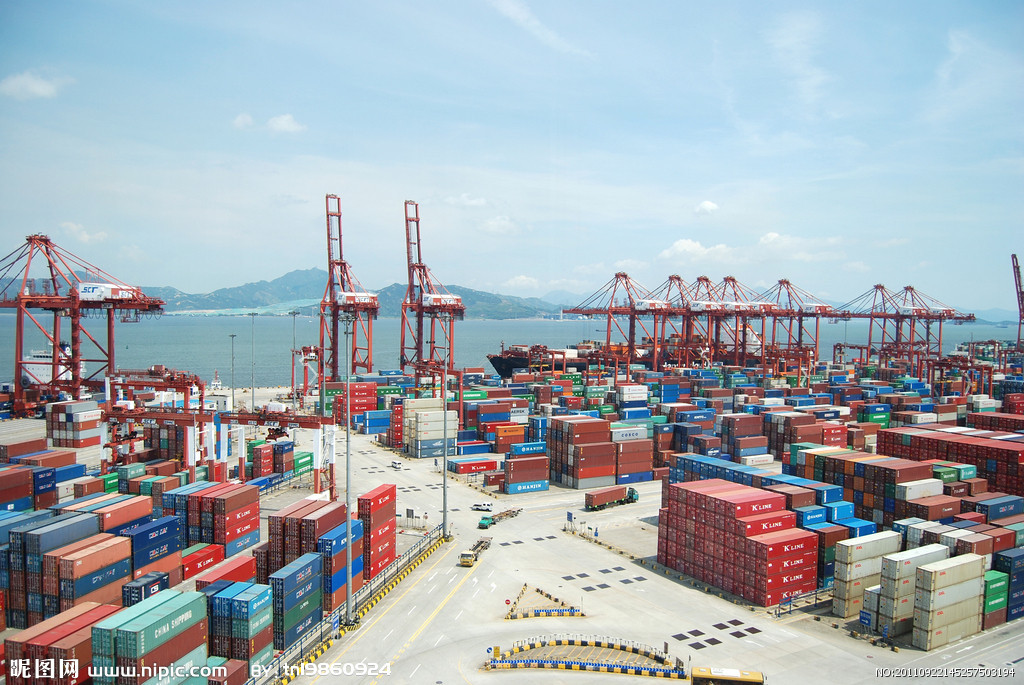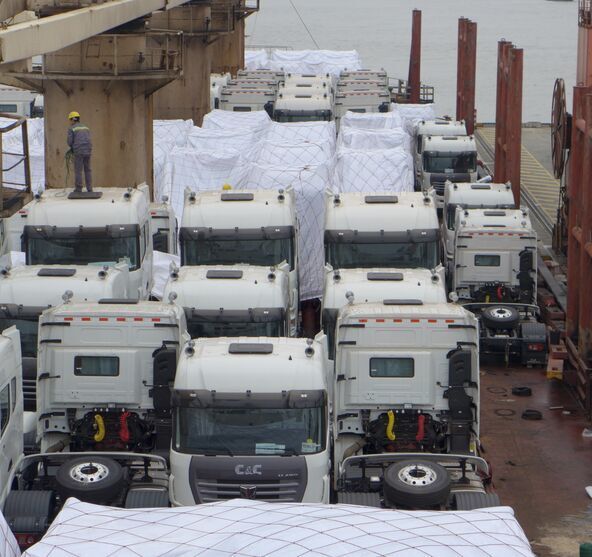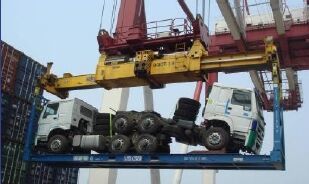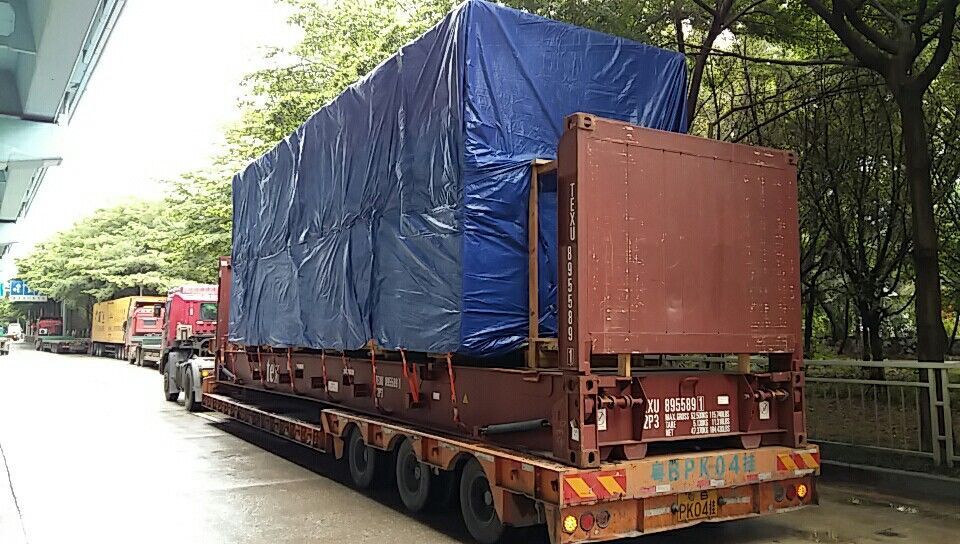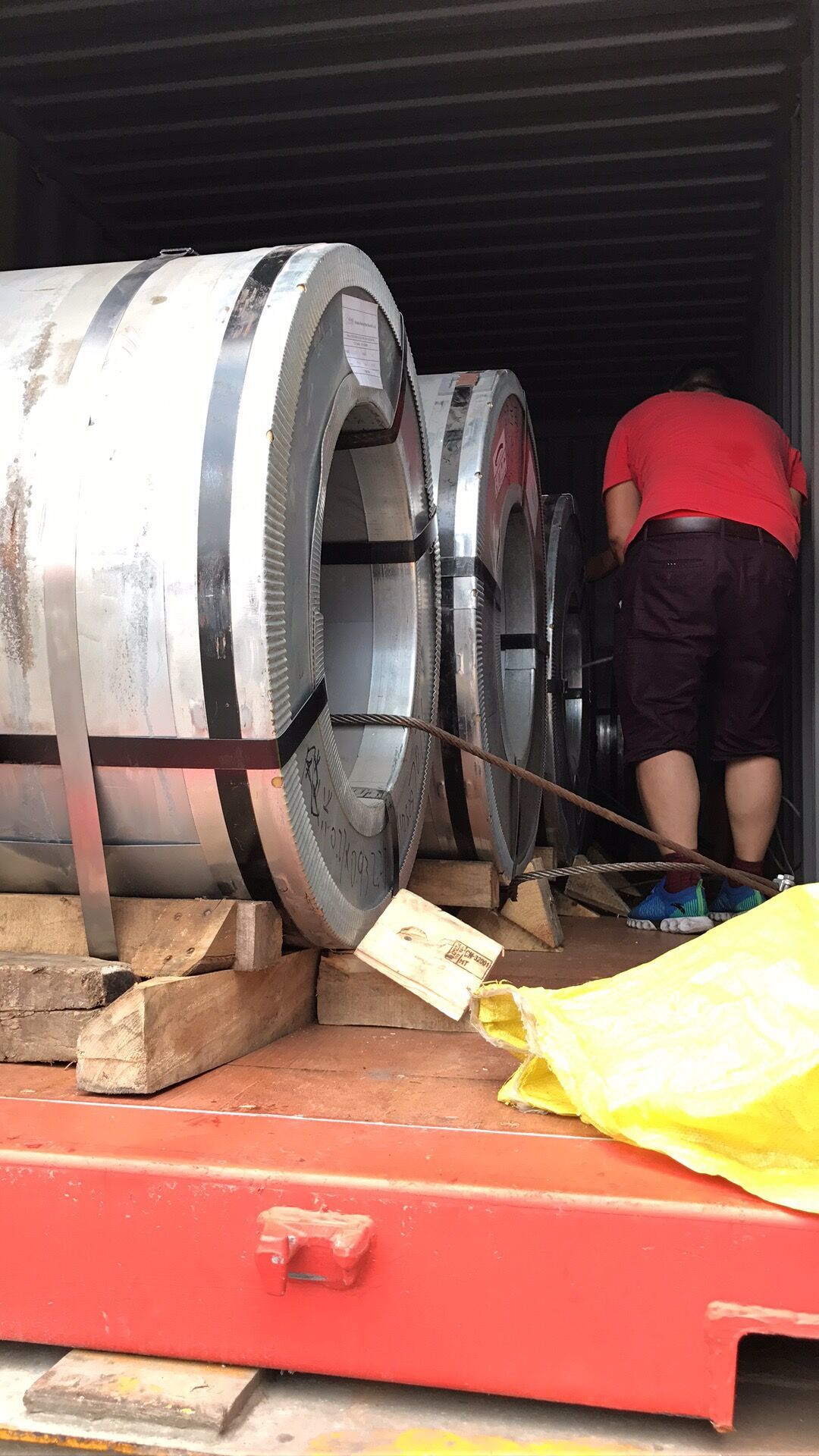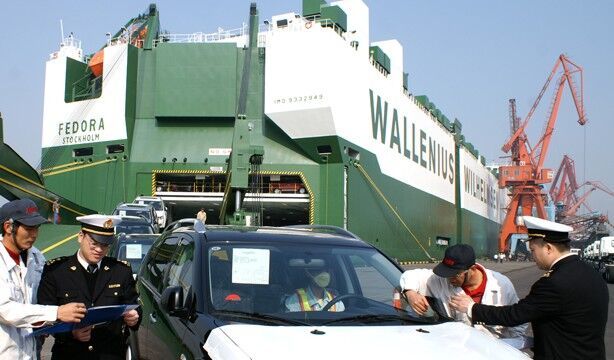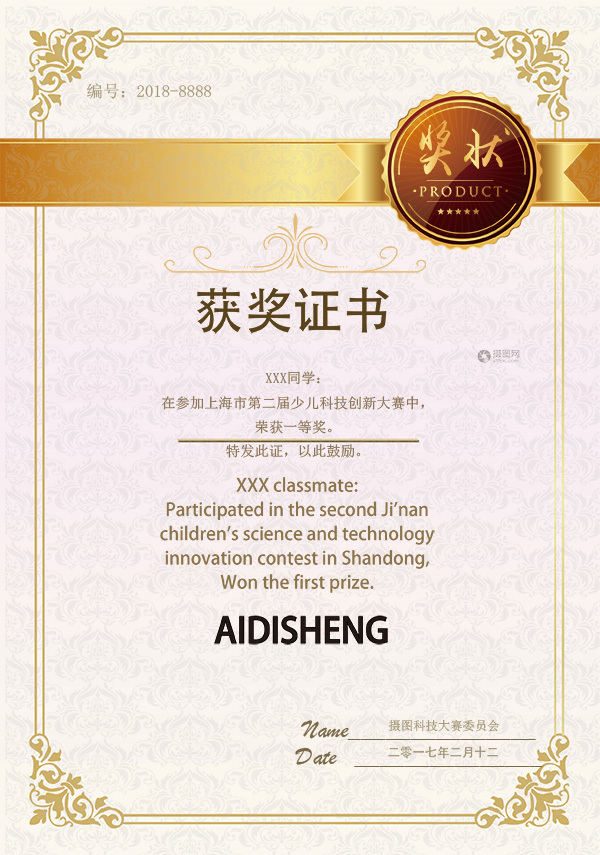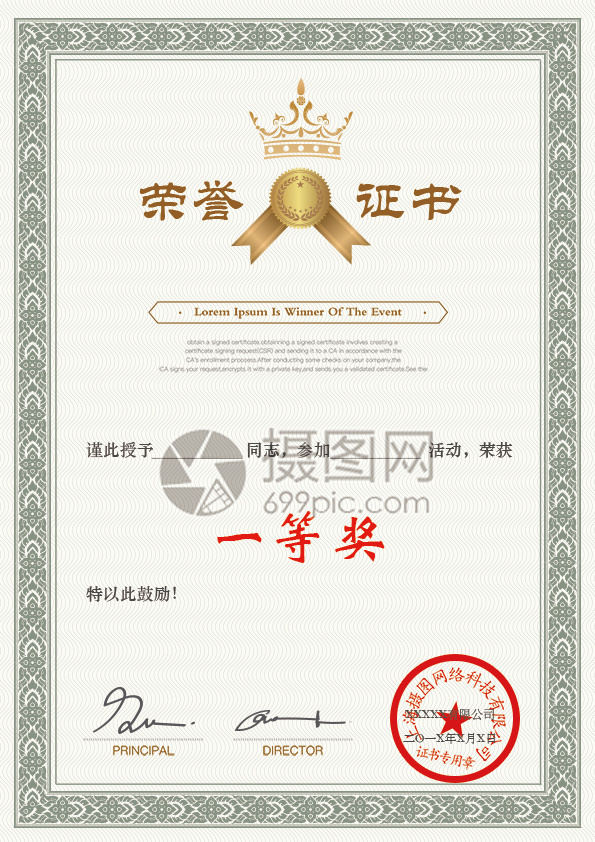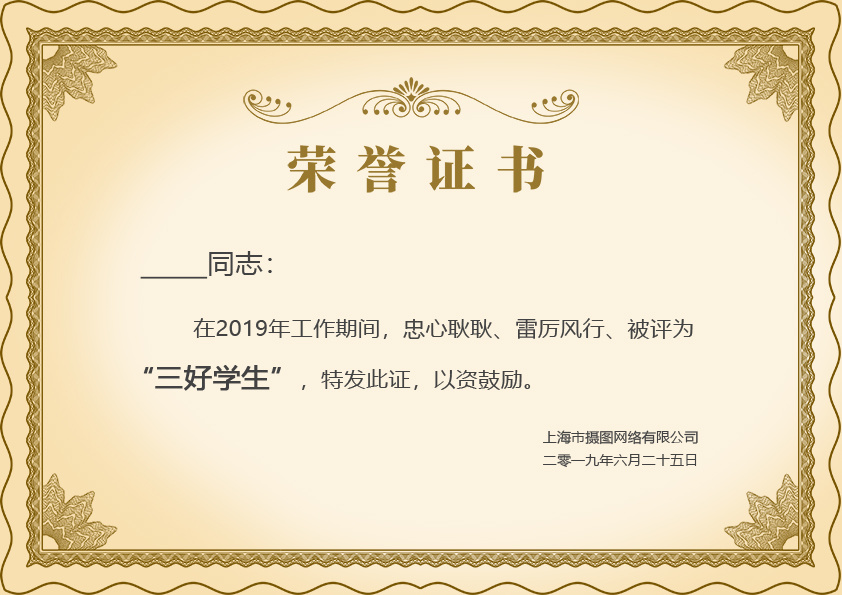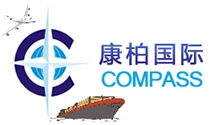Specific import procedures for goods
1. The consignee provides the freight forwarder with a complete set of import documents; the freight forwarder checks which shipping company carries the goods, which shipping agent operates them, and where the delivery order (sea waybill) can be obtained. 2. Import documents include: original bill of lading with endorsement or telex release copy, packing list, invoice, contract (general trade). 3. The freight forwarder contacts the yard in advance and confirms the fees for lifting, stripping, loading, and returning empty containers.
Category:
Keywords:
- Product Description
-
Specific Operation Process for Import Cargo:
I. Import Documents:
1: The consignee provides the freight forwarder with a complete set of import documents; the freight forwarder clarifies which shipping company carries the cargo, which shipping agent operates it, and where the bill of lading (small bill of lading) can be obtained.
2: Import documents include: original bill of lading with endorsement or telex released copy, packing list, invoice, contract (general trade).
3: The freight forwarder contacts the yard in advance and confirms the fees for picking up the container, unloading, loading, and return.
II. Exchange of Documents:
1: The freight forwarder confirms the arrival time and location of the vessel with the designated shipping agent or shipping company. If transshipment is required, the name of the second vessel must be confirmed.
2: Present the original bill of lading with endorsement (if telex released, a fax copy of the telex release and a letter of guarantee can be provided) to the shipping company or shipping agent to exchange for the delivery order (small bill of lading).
Note: "Endorsed Original Bill of Lading" has two forms:
(1) If the consignee section on the bill of lading shows "shipper", then it is endorsed by the shipper;
(2) If the consignee section on the bill of lading shows the actual consignee, then the consignee needs to endorse it.
III. Inspection:
The inspection and quarantine bureau confirms whether this cargo needs to be inspected based on the supervision conditions in the "commodity code".
IV. Customs Declaration (Customs Clearance):
1: If the consignee has its own customs broker, it can handle customs clearance independently, or it can entrust the freight forwarder's customs broker or other capable customs broker to handle clearance.
2: Customs declaration materials include: original bill of lading with endorsement/telex released copy, packing list, invoice, contract, small bill of lading.
3: Customs:
(1) Customs clearance time: Within one workday
(2) Special cargo: Two to three workdays
(3) Inspection: a, Technical inspection: Whether to inspect is decided based on the documents and the specific cargo; b, Random inspection: The customs clearance department releases the goods, and the computer randomly checks.
V. Handling of Equipment Delivery Note:
1: The freight forwarder goes to the container management department of the shipping company or shipping agent with the original bill of lading with endorsement (fax copy and letter of guarantee for telex released cargo) to handle the equipment handover note.
2: Equipment handover note: This is a voucher exchanged between the returner, transporter, and container manager or their agent for the import and export of containers and other mechanical equipment to and from the port area and yard, and it has the function of issuing container vouchers by the container manager. It is divided into two types: entry and exit, and the exchange procedures are handled at the entrance of the terminal yard.
Note: For LCL cargo (CFS delivery terms), present the notice from the import department of the shipping agent's business department to the container management department to pay the import document fee, and then you can collect the cargo at the dock directly with the "small bill of lading" and the consignment note, without needing to handle the equipment handover note.
VI. Container Collection:
1: The freight forwarder handles the deposit procedures for overdue container usage fees, unloading fees, import document fees, etc., at the container management department with the small bill of lading and the "container collection application" from the trucking company.
2: If the depositor is not the consignee indicated on the bill of lading, the depositor must provide a letter of guarantee (guarantee letter) agreeing to deposit for the consignee and pay the corresponding fees.
3: After the deposit is completed and authorized by the shipping agent's container management department, handle the container collection procedures at the import container release post, receive the container equipment handover note, and check if its contents are correct.
4: After the consignee unpacks the import cargo, the empty container is returned to the designated return location.
5: After the empty container is returned to the designated yard, the consignee should promptly handle the settlement of container fees at the container management department with the deposit voucher.
VII. Cargo Collection:
1: The freight forwarder or consignee contacts a trucking company with the small bill of lading to collect the cargo from the pier or yard designated by the shipping agent.
2: The depositor handles the container deposit settlement procedures at the container management department.
Note: For LCL cargo, it is necessary to sign for the LCL sub-bill of lading (consignment note) at the shipping company or shipping agent, and collect the cargo at the dock with the small bill of lading and consignment note when collecting the cargo.
VIII. Fees and Others:
Document exchange fee: Negotiable/per shipment
Inspection fee: Negotiable/per shipment
Customs declaration fee: Negotiable/per shipment
Customs and inspection working hours: 09:00-12:00 14:00-18:00
Customs broker: 09:00-12:00 14:00-18:00
Service Areas
Questions And Answers
What are the regular maintenance tasks for a website?
Regular website maintenance is crucial for ensuring website security, stable operation, and user experience. Maintenance includes updating website content, checking and repairing website links, backing up data, conducting regular security checks, patching vulnerabilities, and optimizing performance. These tasks help ensure the website's long-term effectiveness and provide a good user experience.
What are the differences between UI and UX in website design?
UI (User Interface) and UX (User Experience) are two important aspects of website design. UI focuses on the visual design, layout, and visual elements of a website, while UX focuses on the overall feeling and interactive experience of users on the website, including usability, navigation, and interaction. Good UI design usually enhances user UX experience.
What types of website hosting services are there?
Website hosting services can be divided into shared hosting, virtual private servers (VPS), dedicated servers, and cloud hosting. Shared hosting involves multiple websites sharing the resources of a single server. VPS is a virtual private server, a dedicated server is an exclusive server, and cloud hosting uses cloud services to provide hosting solutions. Each type has different characteristics and applicable scenarios.
What is the function of website traffic statistics tools?
Traffic statistics tools such as Google Analytics help analyze website traffic data, including visitor sources, traffic volume, and user behavior. By understanding this data, website owners can understand their audience, adjust website content and design, improve user experience, and increase conversion rates.
How to choose the right website building technology for yourself?
The choice of website construction technology depends on your personal technical level and website needs. If you are familiar with programming, you can choose to write your own code using HTML, CSS, and JavaScript. Alternatively, you can consider using existing frameworks or libraries, such as Bootstrap and React, to simplify the development process.
How do I start building my own website?
To build a website, you first need to choose a domain name, which is the website's address. Then, select a suitable hosting provider; the host stores the website's files and data. Next, write the website code or design the pages, and finally upload the website files to the server. In this way, the website can be accessed and browsed on the internet.
Certificate Of Honor
About Us
Force to build a large logistics service provider to solve various logistics problems for cargo owners.
Contact Us
A large logistics service provider for cargo owners to solve various logistics solutions!



